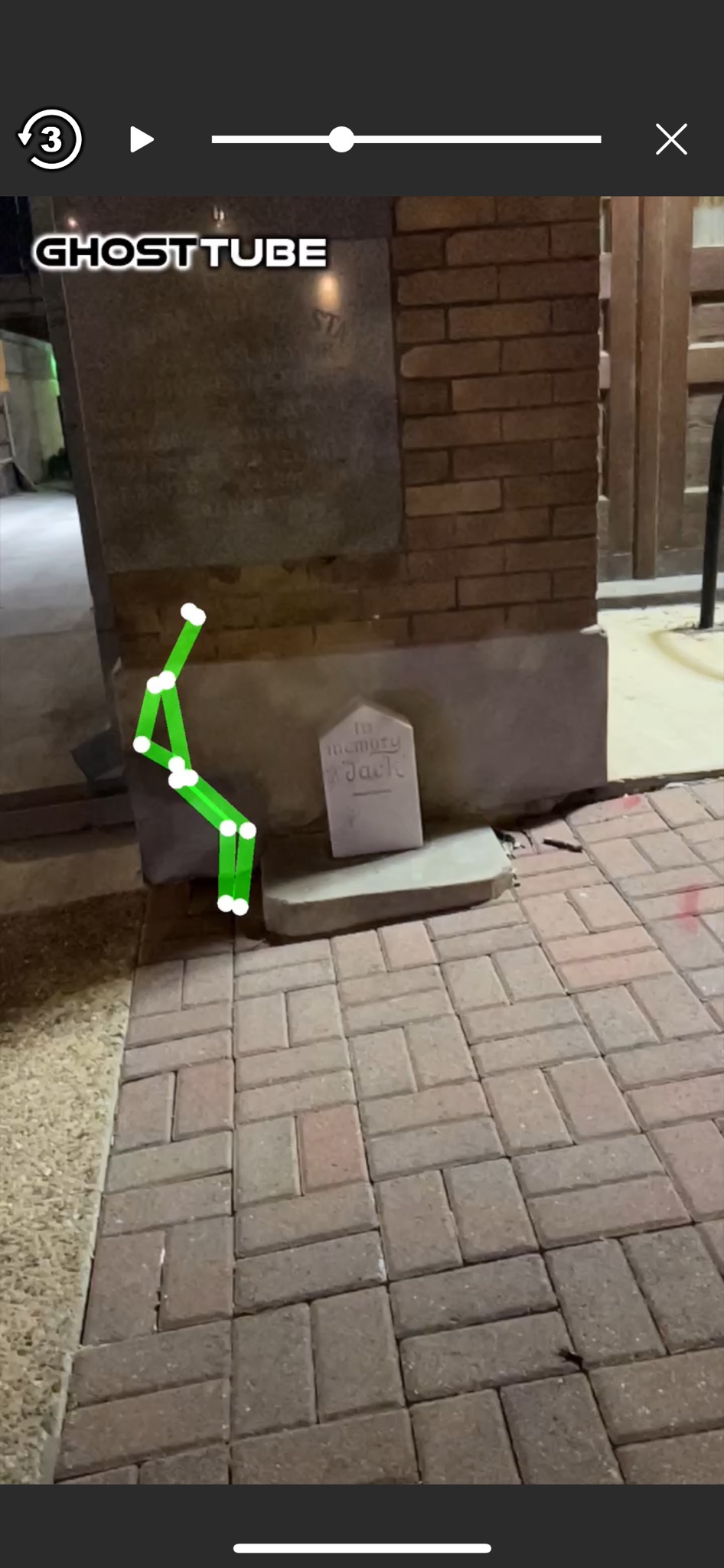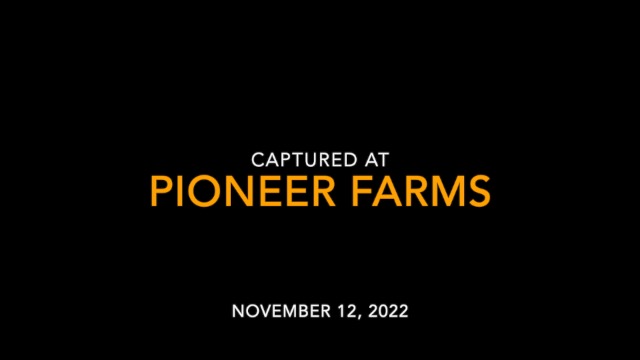Bootlegging during Prohibition
Written by Jeanine Plumer
“ Men ready to take their chances against the law for such an attractive profit, and willing to take their punishment when they are caught.” Whiskey Rebellion of 1794
When a person was considering the pros and cons of distilling liquor for distribution and profit, the pros greatly outweighed the cons. The bottom line- you could make $50 to $100 dollars for a batch of good whiskey. At a time when jobs were difficult to come by, especially during the desperately hard times of the Depression when many families in the best of situations struggled to survive.
During the Prohibition years between 1919 and 1933 the Eanes area was considered a barely tamed area populated by self-sufficient people who would rather make their own laws. If there was a business to be had, and a profitable one at that, there wasn’t much that was going to stop them. Ratification of the 18th Amendment or not.
“To insure social protection against a trade whose avowed purpose is to get people to consume the maximum possible amount of alcohol liquor is the foundation on which our national policy of prohibition exists,” the Reverend S. Parkes Cadman proclaimed in 1926.
The Eanes area was referred to as the “Moonshine Capital of Travis County,” and as Linda Vance observed “ In most societies water is the elixir of life, but in Eanes the elixir seems to have been moonshine.” She also pointed out in “A Portrait of a Community”, one local resident remembered standing next to his house on a hill where the center of Westlake is today in the early morning hours and “seeing smoke rise in every direction through the hills” as the distillers began their daily “run.”
In the 1930’s 100 stills were believed to be operating in the hills west of the city.
All along Barton Creek, Smith Creek, Bee Creek and any other place in the hills where fresh running water was available, stills could be found. The basic no frills operation included a large square shaped furnace made of rock or mortar. On top a rock platform was constructed and that was where the still set. The still was a vase shaped cooker pot made of copper sheeting or metal drum. The still was covered with rock until only the open top of the still container was visible. Where the rock and the opening met was carefully sealed to prevent any air from escaping. A pipe ran from this opening into a large barrel that held a hollow copper coil. Another pipe came out of the opening in the still and went into another smaller barrel. This pipe remained sealed until the “run” was complete, it was then used to drain out the mash.
The still was filled with corn meal or barley, water and sugar. When this mixture heated up it created steam. The steam traveled through the pipe and into the coil. The barrel was full of cold water (hence the need for fresh spring water) which surrounded the coil creating condensation inside the coil. This moonshine dripped out onto a gauze-covered funnel and into a mason jar. It was then ready to sell or drink.
In the hill country there were those folk who couldn’t afford or find access to the desired copper sheets, so they used makeshift items such as old car radiators for coils. These and other alternative metals emitted poisonous chemicals such as lead, zinc and acid. More than a few local residents lived their lives with uncontrollable shaking and twitches from the effects of the poison on their central nervous system.
Profit in bootlegging was one issue. Another was the lifestyle of an independent culture. Not everyone produced alcohol for distribution. Making ones own whiskey, wine or beer was a right and just because the government wanted to take this commodity, didn’t mean citizens agreed with the decision. Due to the German immigrant population in Texas beer surpassed distilled spirits as the most popular beverage in the state, and there were many German and Swedish families in the Eanes area who had never known a life of not brewing their own beer.
In support of Prohibition in 1926 the Reverend Cadman also stated “ Limitation upon individual freedom in matters affecting society is the price that any people must pay for the progress of its civilization.” One could guess how such a statement would be received in the wild hills of Westlake.
Others who relentlessly fought Prohibition, such as Fiorella LaGuardia pointed out “I will concede that the saloon was odious but now we have delicatessen stores, pool rooms, drugstores, millinery shops, private parlors and 57 other variations of speakeasies selling liquor and flourishing.” Which certainly seemed to be the case in the Eanes area.
Until recent years, scattered throughout the undeveloped recesses in the area the remains of distillers were frequently found. Near the intersection of Westlake Drive and Red Bud Trail, in the valleys of Wild Basin Preserve and where Hill Country Middle School now stands.
© Copyright 2023, Austin Ghost Tours. All Rights Reserved.







